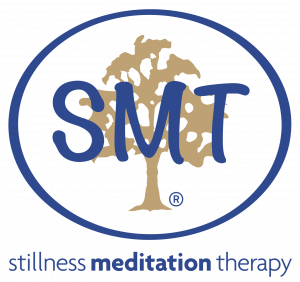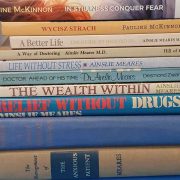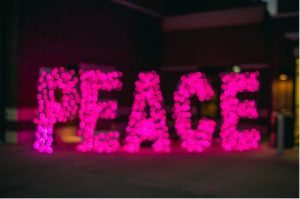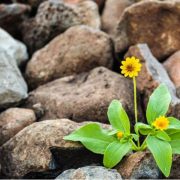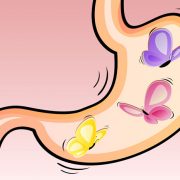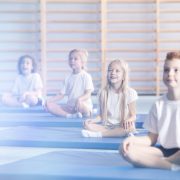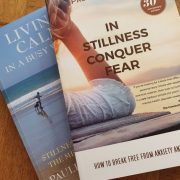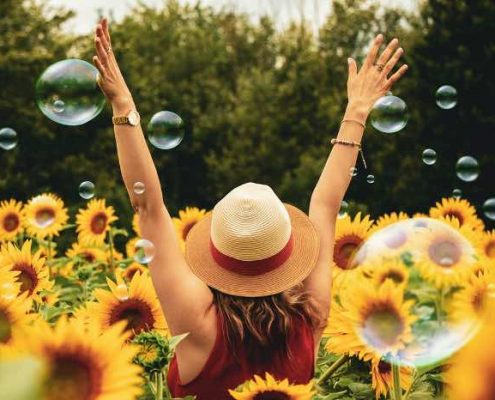A very different style of meditation
“In this, Stillness Meditation Therapy, the full meditative experience is beyond the relaxation of the body and mind, beyond the transcendence of discomfort. What is it then? Is it something strange and unnatural? No. There is nothing strange or bizarre about it at all. Nor is there anything dramatic or exciting. Do not expect ecstasy or any outlandish distortions of the mind. Expect rather the experience of deep naturalness. Utter naturalness. It is only when this comes to us that we realise that true naturalness is something quite foreign to us in our ordinary life. Simplicity. Such profound simplicity that we are almost overwhelmed by it, immersed in it. And it is easy to become confused by the simplicity of the procedure and what seems to be an absence of a logical basis …”
Ainslie Meares MD (The Wealth Within)
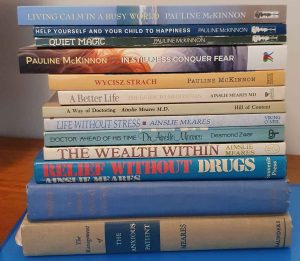
Our regular clients and readers know that it was Dr Ainslie Meares who showed me how to overcome 8 years of life limiting anxiety (In Stillness Conquer Fear). It is his work that I and my colleagues continue to offer to thousands of others. With over three decades experience in helping a range of clients of all ages to personal freedom and “a better life”, we welcome your interest and enquiries.
High anxiety in 21st Century
Anxiety is common to all people. In these challenging times we hear more than ever before of suffering caused by stress, tension, anxiety, depression, anger and a range of related symptoms.
If you or someone you know continues, confused and fearful or has become too reliant on medication or alcohol or any negative coping strategy, perhaps they may welcome this different style of meditation and approach to healing. Let’s learn to manage negative emotions and live better through discovering the Wealth Within.
© Pauline McKinnon, May 2022
